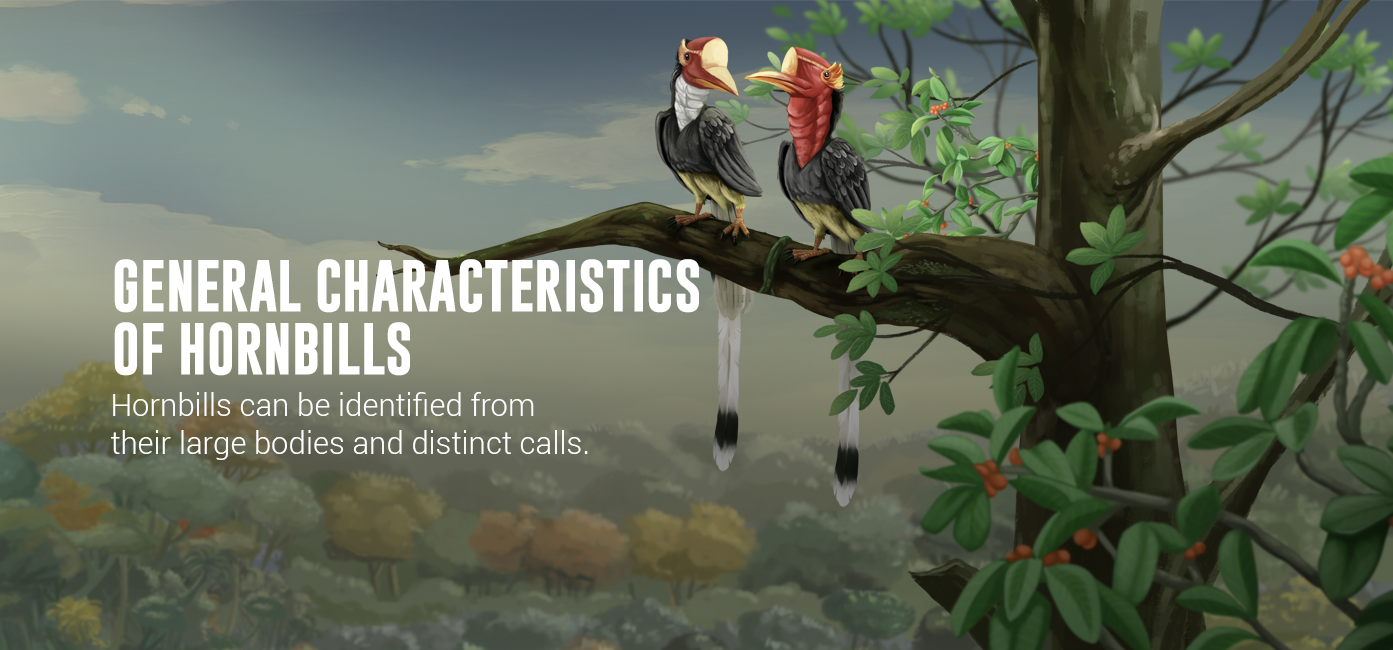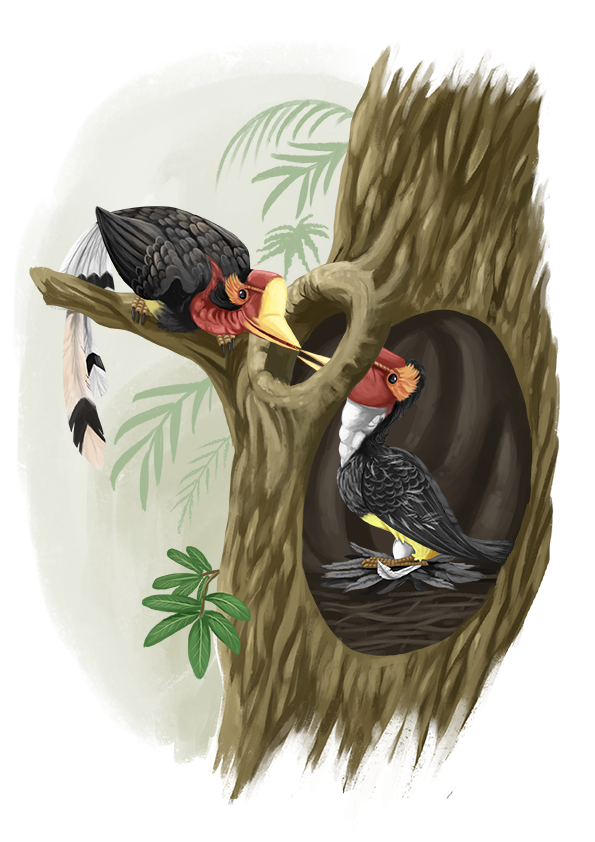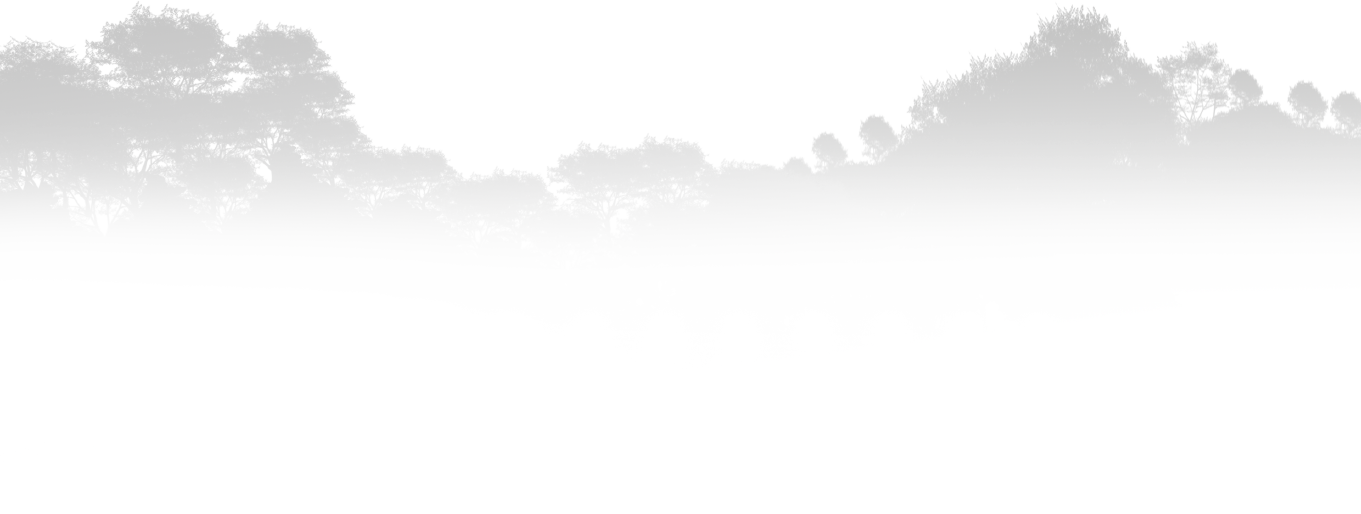



In the wild, hornbills depend entirely on forest conditions. All hornbill species in Asia nest in naturally formed tree hollows, whether broken-off trunks or the abandoned nests of other animals and followed by a weathering process.
Usually hornbills select trees at least 45 cm in diameter with a cavity 20-50 m above the ground. There are species with specific requirements. For example, the helmeted hornbill requires a stump or large branch by the entrance to perch on when passing food through into the nest.
Due to high level of destruction of tree and tree hollow, the number of adequate hollows is limited. Therefore, an ideal nest cavity may be used repeatedly by the same or different species. This condition leads to more intensive competition for nests and affects the breeding cycle. In addition, breeding is also influenced by seasons, weather and food availability. For example, hornbills in Sulawesi begin to breed in the end of the rainy season.
During incubation, the female hornbill seals herself inside the tree cavity. Its entrance is sealed by a plaster of dirt, mud, bits of food and droppings to protect her egg from predators and threats from outside of the nest. Only a small slit remains to allow her mate or other group members to pass through food and discard droppings.
The female then sheds its feathers to incubate the eggs. A number of hornbill species molts at the start of the incubation process, and these feathers will regrow when the female leaves the nest.
Incubation period varies among hornbill species. For small hornbills, incubation is 25 days but may take up to 150 days for larger species. For example, the wreathed hornbill incubates its eggs for 40 days, rhinoceros hornbill 37-46 days, and the helmeted hornbill takes the longest with 150 days. These differences may be influenced by regional variations.
Hornbill nesting period comprises five stages (Poonswad 1993):



